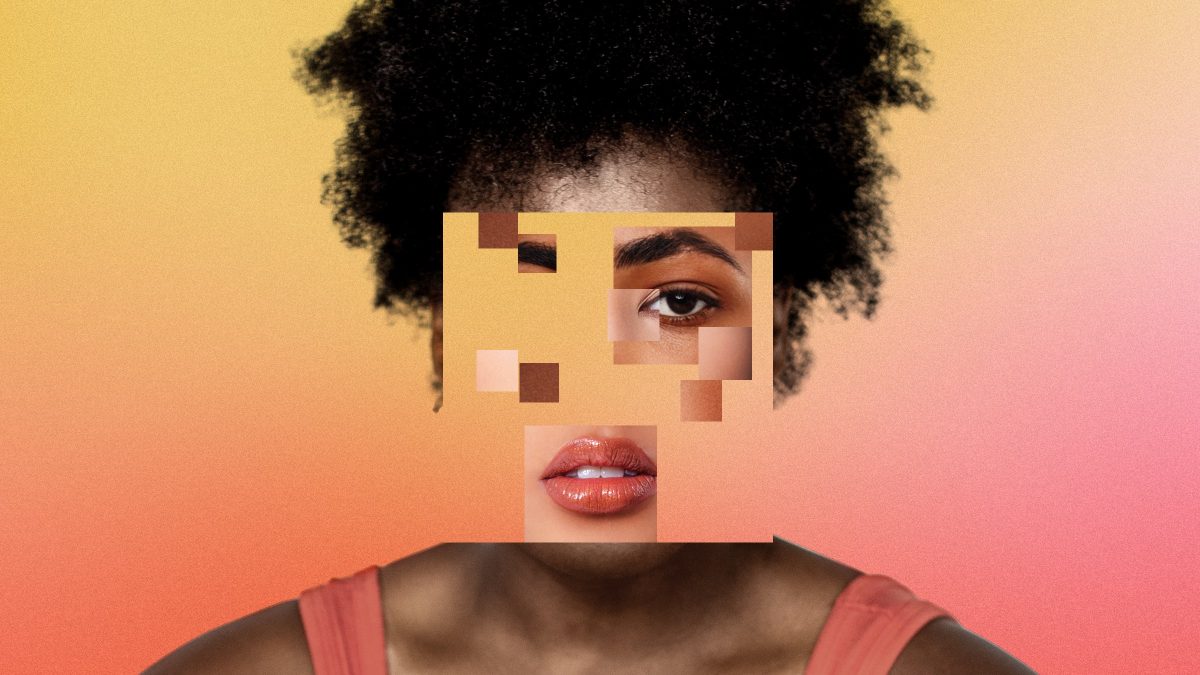In a physically distanced world, through the power of technology the American media mogul Oprah Winfrey pulled-off a successful “in-person” interview with Barack Obama, a former President of the USA. Although Oprah was in Santa Barbara, California and Obama in Washington, D.C., the green screen technology used for the interview made it appear as though the pair were comfortably sitting across each other, by Oprah’s fireplace in her Montecito mansion.
After the interview aired on Oprah’s Apple TV show, The Oprah Conversation, most people were stunned by what the technology used was able to do. The interview took place seamlessly and the two appeared to be in the same room throughout. The film industry, especially the Marvel franchise, extensively makes use of green screen technology. Technology like this has existed in the fictional space for a while now. But should the use of such technology enter the media space?
We live in a world where misinformation is consistently proliferating. False representations tend to dominate the media landscape because they are being generated at a much faster pace compared to our ability to detect them. Advancements in artificial intelligence (AI) continue to blur our perceptive abilities. We have reached a stage where we find it difficult to distinguish between real and fake digital representations. Thus, among the existing sea of misinformation, do we want technology, like the one Oprah used, to be pursued for journalistic endeavours?
Deepfakes (created through the use of AI, are audio and video representations of people saying and doing things that didn’t actually) first surfaced on the internet in 2017. For the first time, it gave creators the power to lip-sync audio or make other digital manipulations in a highly realistic way. The famous Obama deepfake is an example of how realistic they can get. Once the technology became cheaper and its application easier, deepfakes quickly started exploding on the internet. While the entertainment value of such technology is high, there is an uncomfortable amount of rising malicious content.
The technology has acquired political value and is often used as a tool to amplify propaganda. Misrepresentations of political leaders and other public figures are frequently distributed to the masses. Possessing the power to undermine the credibility of journalism, manipulate elections and reduce trust in institutions, the use of this technology has been mainly sinister. According to a study, 96% of deepfakes on the internet are pornographic, with most being non-consensual. Apart from damaging the reputation of individuals, the deepfake AI has also raised broader ethical implications. Most technologies have positive as well as negative outcomes, but the discourse on deepfake technology has been more critical than appreciative.
While it is essential to use technology ethically, maybe we need to take a step back, and ask: Is it morally right or wrong to use it in the first place? Even though Oprah publicly acknowledged the technology she was using, was mere disclosure enough? There is no doubt that technology holds power. Many of the ethical dilemmas we face today are an outcome of technology. Thus, when trying to deliberate upon whether or not it is okay to deploy certain technology in the space of journalism, thinking through ethical implications becomes important.
Different ethical principles result in differing approaches to such issues. Let us assume that Oprah is still in the process of deciding whether it is ethical to use the green screen technology for her interview. For Consequentialist Oprah, the decision of using the technology would be governed by the outcomes of using it. She would have to deliberate whether the benefits of using the technology would overweigh the costs. Kantian Oprah would follow a deontological approach. Rather than looking at the consequences of her choice, her decision-making process would be based on the idea of performing moral duties grounded with rationality. Virtue ethicist Oprah’s decision would rely on deciding whether her act itself is virtuous. This decision would neither be based on duty nor based on the consequences of the outcome.
When approaching whether or not to use technology, it is important to look at things through these different ethical lenses and perspectives because they provide insight into the types of moral conundrums that a situation may cause. While the guidance from these theories often conflicts with the other, it lays down different choices and options. The decision-making process used to arrive at a conclusion, thus, gets governed by a moral fabric.
Digital technologies have spawned new opportunities as well as challenges with the way we communicate today. A global shift to digital media has changed the way information is being disseminated. Through the internet, every individual has the ability to discharge information to the masses. In an idealistic world, we would expect all individuals to practice basic ethical standards. Since the world we live in is far from ideal, it is especially important for media professionals to be careful about the form and application of technology they are deploying as it sets a precedent for others to follow. But even if journalistic codes are practised, some questions remain. Since technology keeps changing, which principles should be incorporated while making decisions? In case of ethical pitfalls, how can accountability be held? Should we be guided by a regulatory framework? Who should make these decisions?
Picture Credit: Elena Lacey; Getty Images
Shrishti is a Politics, Philosophy and Economics major at Ashoka University. In her free time, you’ll find her cooking, dancing or photographing.
We publish all articles under a Creative Commons Attribution-Noderivatives license. This means any news organisation, blog, website, newspaper or newsletter can republish our pieces for free, provided they attribute the original source (OpenAxis).

